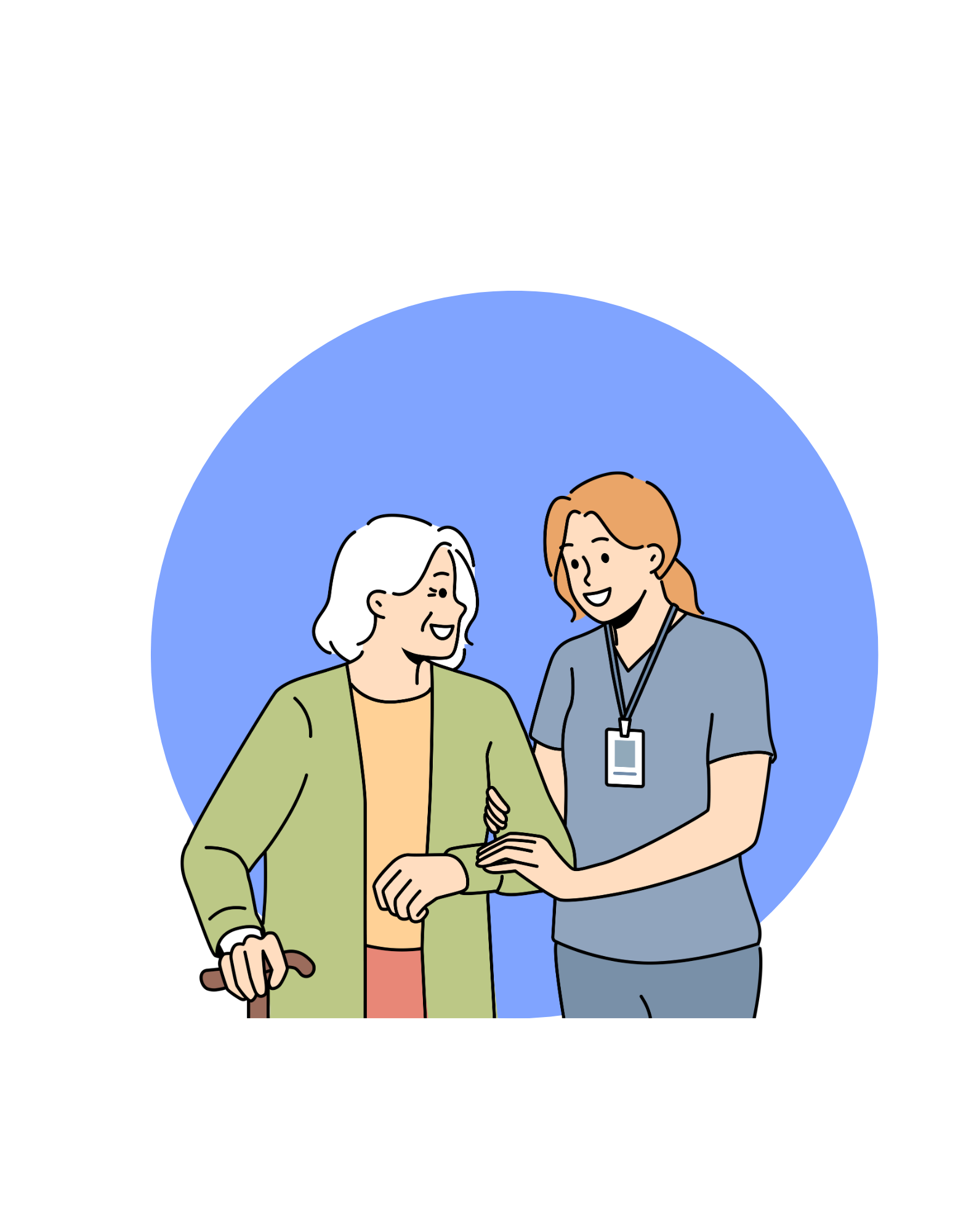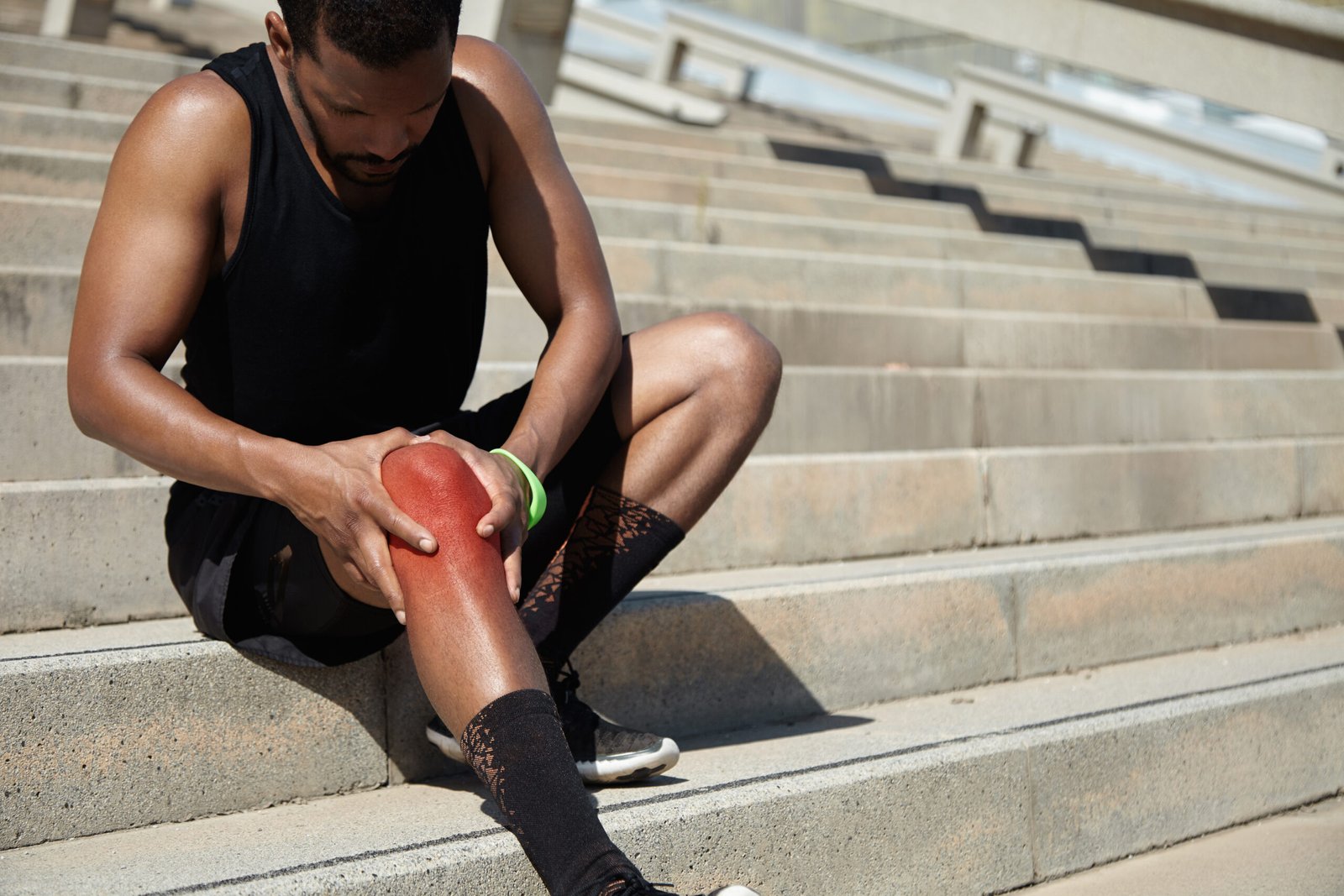Cerebral Palsy (CP) is a neurological disorder that affects movement, muscle tone, and posture. It is caused by abnormal brain development or damage to the developing brain, often before birth. CP is one of the most common motor disabilities in children, impacting their ability to move and maintain balance.
Causes of Cerebral Palsy
Cerebral Palsy can be caused by various factors, including:
- Prenatal Causes: Infections during pregnancy, premature birth, lack of oxygen to the brain, or genetic mutations.
- Perinatal Causes: Complications during birth, such as prolonged labor or birth asphyxia.
- Postnatal Causes: Brain infections, head injuries, or oxygen deprivation in infancy.
Types of Cerebral Palsy
There are different types of CP, classified based on movement disorders:
- Spastic CP: The most common type, characterized by stiff muscles and exaggerated reflexes.
- Dyskinetic CP: Causes involuntary movements, making it difficult to control muscles.
- Ataxic CP: Affects balance and coordination, leading to shaky movements.
- Mixed CP: A combination of two or more types of CP.
Symptoms of Cerebral Palsy
Symptoms vary based on the severity and type of CP but may include:
- Difficulty with movement and coordination
- Muscle stiffness or floppiness
- Involuntary movements
- Difficulty swallowing or speaking
- Delayed motor development
Diagnosis and Treatment
Diagnosing CP involves a thorough medical history, physical examination, and imaging tests such as MRI or CT scans. While CP cannot be cured, treatment focuses on improving the child’s quality of life.
Physiotherapy for Cerebral Palsy
Physiotherapy plays a crucial role in managing CP by:
- Improving muscle strength and flexibility
- Enhancing motor skills and coordination
- Reducing pain and stiffness
- Preventing contractures and deformities
At MyPhysioVibes, our expert physiotherapists use evidence-based techniques such as stretching, strengthening exercises, gait training, and assistive devices to help children with CP achieve greater independence.
Other Treatment Approaches
- Occupational Therapy: Helps children develop daily living skills.
- Speech Therapy: Improves communication and swallowing difficulties.
- Medications: Muscle relaxants may be prescribed to reduce stiffness.
- Surgery: In severe cases, surgical interventions can improve mobility.
Why Choose MyPhysioVibes?
At MyPhysioVibes, we offer personalized physiotherapy sessions tailored to each child’s needs. Our team is dedicated to providing compassionate care, using innovative techniques to enhance mobility and independence.
If you are looking for expert physiotherapy services for cerebral palsy, contact MyPhysioVibes today to schedule a consultation.


